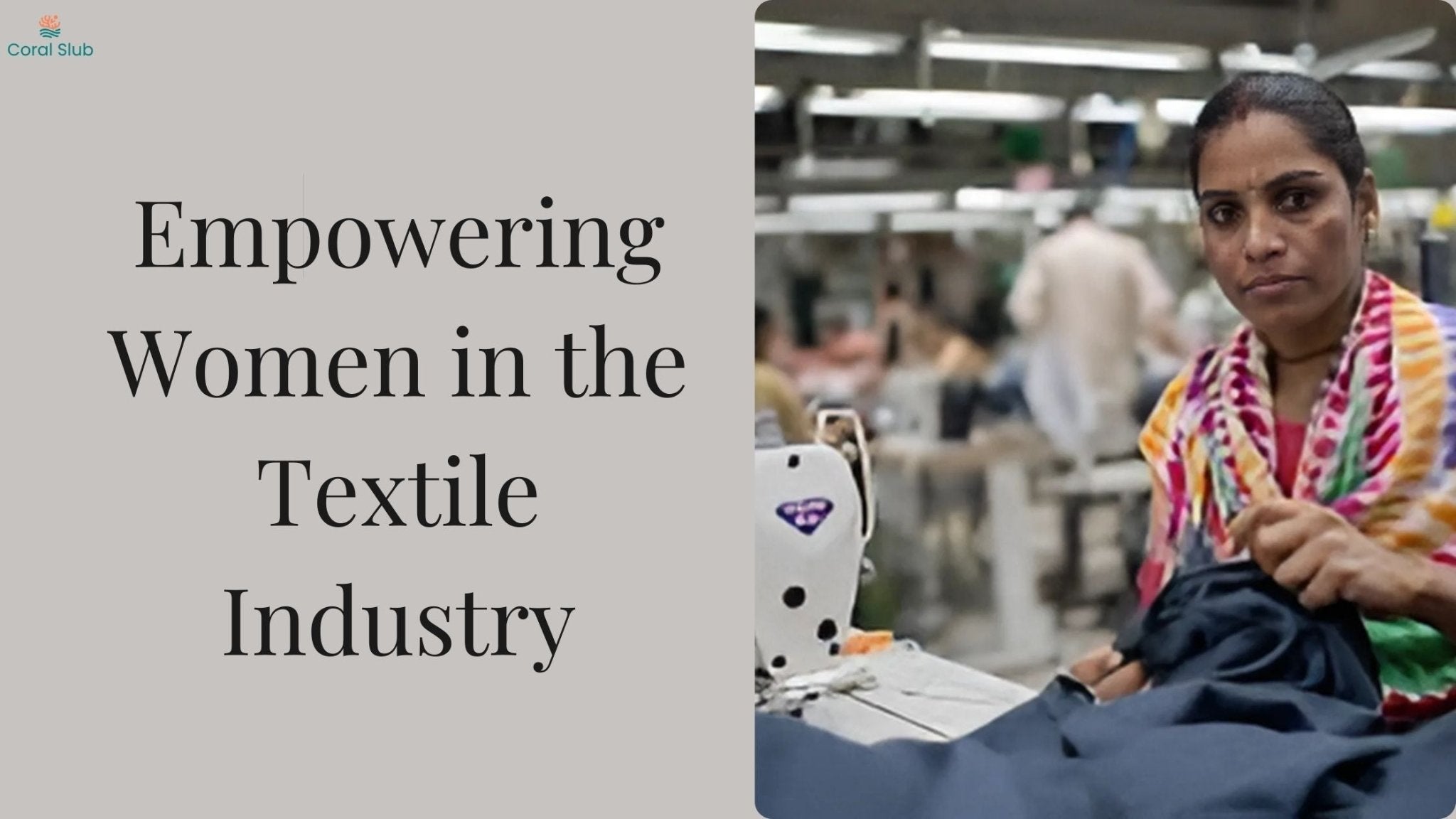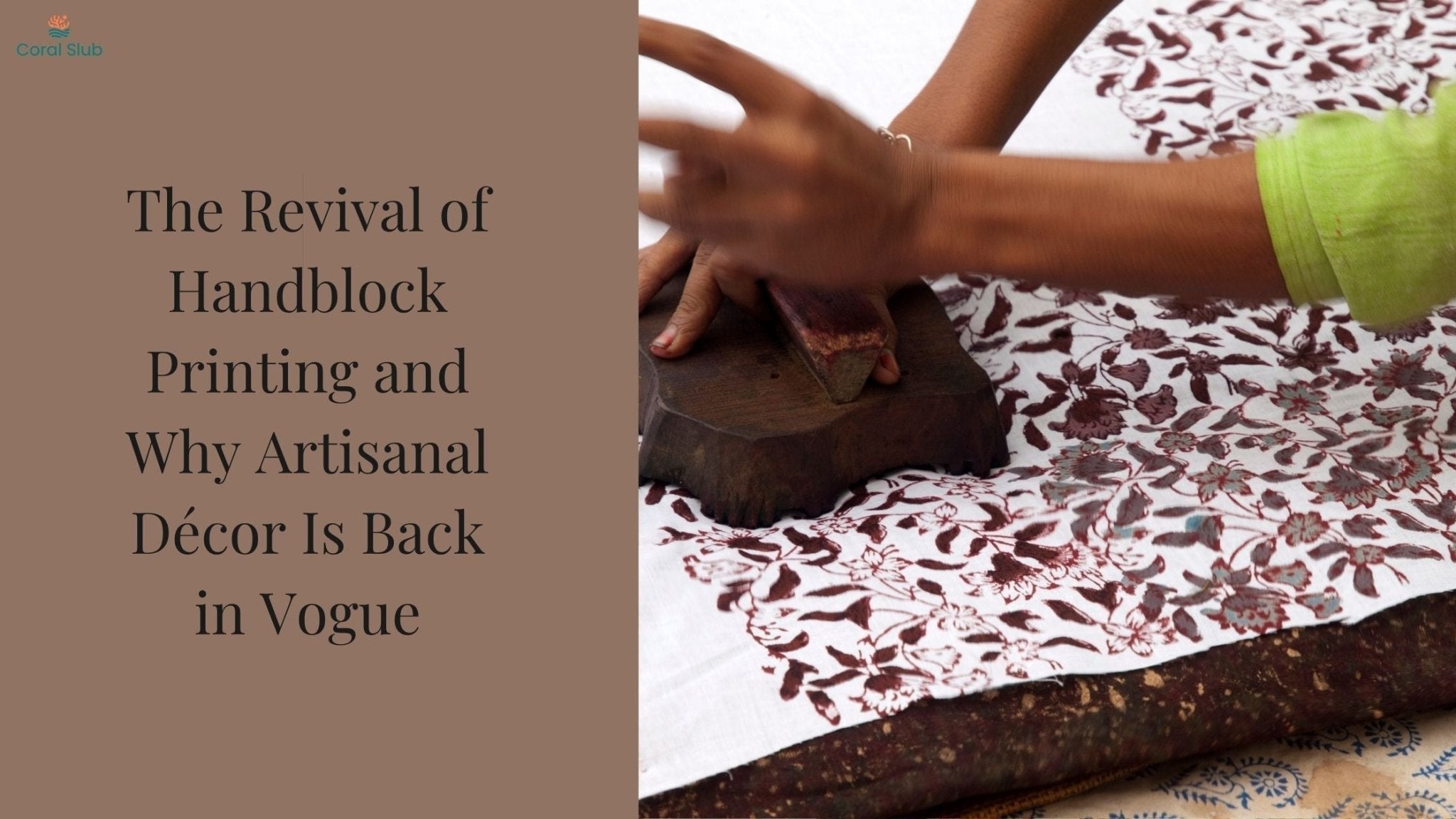In celebration of International Women's Day - honoring the resilience, creativity, and strength of women textile workers worldwide
The textile industry has long been one of the most female-dominated sectors globally, with women comprising more than 80% of the workforce worldwide. From cotton fields to garment factories, women form the backbone of this trillion-dollar industry. However, this significant female presence presents a complex picture of both empowerment and exploitation. This blog explores the multifaceted role of women in textiles, examining the challenges they face, the opportunities for advancement, and how meaningful empowerment can be achieved.
The Current Landscape: Women in Textiles by the Numbers

The textile industry's workforce demographics reveal striking patterns:
- In China, approximately 70% of textile workers are women
- Bangladesh's garment sector employs 85% women
- Cambodia's textile workforce consists of up to 90% women
- Globally, women occupy less than 15% of leadership positions in textile companies
- On average, women in textiles earn 20-30% less than their male counterparts
These statistics highlight both the industry's reliance on female labor and the persistent gender disparities that exist within it. As we celebrate women's achievements this Women's Day, these numbers also remind us of the work that remains.
The Dual Reality: Empowerment vs. Exploitation
Pathways to Empowerment

The textile industry offers several avenues for women's empowerment:
Economic Independence: For many women, especially in developing countries, employment in textile manufacturing provides their first opportunity for formal income. This financial independence can transform their status within families and communities.
Skill Development: Working in textiles equips women with transferable skills ranging from technical abilities to soft skills like communication and teamwork.
Formal Employment Benefits: When properly regulated, formal employment provides women with access to social security, healthcare, and maternity benefits that may otherwise be unavailable.
Collective Voice: The concentration of women in textile factories has created opportunities for collective action, with many women developing leadership skills through union participation.
Persistent Challenges

Despite these positive aspects, serious issues remain:
Wage Inequity: Women consistently earn less than men across the textile value chain, even when performing identical tasks.
Poor Working Conditions: Many female textile workers face hazardous environments, inadequate safety measures, and long working hours.
Gender-Based Violence: Studies from Bangladesh, Cambodia, and Indonesia report alarmingly high rates of harassment and abuse in textile workplaces.
Digital Divide: As the industry embraces automation and digital technologies, women workers often lack access to the training necessary to adapt.
Best Practices for Genuine Empowerment

True empowerment goes beyond mere employment. This Women's Day, we highlight strategies that have proven effective:
1. Education and Skill Development
Training programs that equip women with both technical and leadership skills create pathways for advancement. Forward-thinking companies are implementing:
-
Dedicated upskilling initiatives for female employees
-
Mentorship programs pairing junior female workers with senior leaders
-
Digital literacy training to prepare for industry evolution
2. Addressing Gender-Based Violence
Creating safe workplaces requires comprehensive approaches:
-
Clear anti-harassment policies with accessible reporting mechanisms
-
Gender sensitivity training for all employees, especially supervisors
-
Support systems for victims of workplace harassment
3. Fair Compensation and Benefits
Economic empowerment demands fair treatment:
-
Equal pay for equal work regardless of gender
-
Transparency in wage structures and promotion criteria
-
Benefits packages addressing women's specific needs, including maternal healthcare
4. Women in Leadership
Increasing female representation in decision-making roles:
-
Setting targets for women in management positions
-
Creating leadership development programs specifically for women
-
Establishing flexible work policies that accommodate family responsibilities
Success Stories: When Empowerment Works

In the spirit of Women's Day, we celebrate several initiatives that have demonstrated the positive impact of genuine empowerment strategies:
HERproject in Bangladesh has trained over 800,000 women in health, financial literacy, and gender equality, resulting in reduced absenteeism and improved productivity.
PACE (Personal Advancement & Career Enhancement) by Gap Inc. has equipped more than 65,000 female garment workers with skills and confidence, leading to significant career advancement for participants.
Women in Factories Initiative in India improved both soft and technical skills for female workers, with 49% of participants reporting increased influence in household decisions.
Women's Day Spotlight:

Amina's Story Amina began as a seamstress in a small factory in Bangladesh at age 18. Through dedicated skills training programs, she developed technical expertise and leadership abilities. Today, at 32, she manages a production line of 50 workers and mentors young women entering the industry. "When women support each other, we can transform not just our own lives, but our communities," she says.
Conclusion:
The textile industry stands at a crossroads. With its predominantly female workforce, it has unparalleled potential to drive women's economic empowerment globally. However, realizing this potential requires transforming current practices to address persistent challenges.
By implementing comprehensive strategies that address safety, fair compensation, skill development, and leadership opportunities, the industry can move beyond exploitation toward genuine empowerment. The result would be not only improved lives for millions of women but also a more innovative, productive, and sustainable textile sector.
As we celebrate Women's Day, let us remember that the empowerment of women in textiles isn't just a once-a-year consideration, it's an ongoing commitment that benefits everyone. It isn't just a social imperative , it's a business necessity for an industry looking to thrive in the 21st century.
"When women thrive in textiles, they weave a better future for all."








